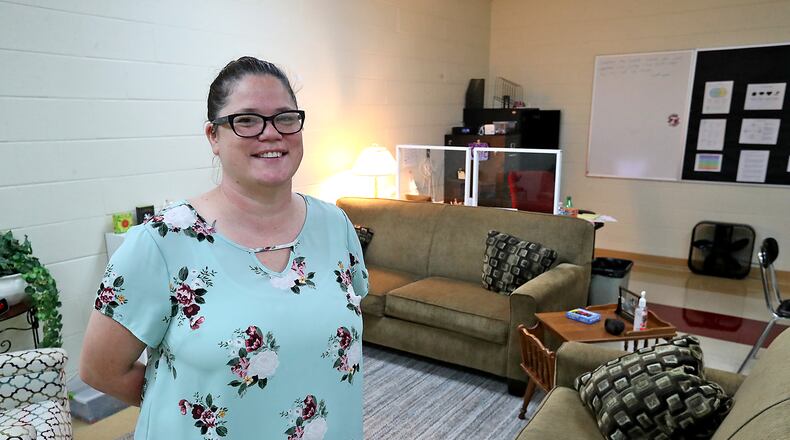According to a study from Ohio State University published in August 2021, Ohio students who attended online classes at local schools in the 2020 school year missed the equivalent of a half to a full year in math and between one-third and one-half of a year in language arts, depending on the grade level. The study looked at the results of state-mandated testing.
The COVID-19 pandemic caused unprecedented disruptions to teaching and learning in Ohio, including school closures, sudden changes to instructional delivery (online and hybrid), economic hardship, and social isolation, the study said.
The OSU study found:
• Third-grade students learned roughly 20 percent less on average between November 2020 and April 2021 (between the fall and spring administration of the ELA exam) as compared to students in prior years.
• These learning declines were larger for lower-achieving, economically disadvantaged, and minority student subgroups and among districts that spent the majority of the year in fully remote instruction. Students who performed in the highest quartile of achievement in the fall learned as much between fall and spring of the 2020-21 school year as they did during the same span in years prior to the pandemic.
Northeastern schools hired 10 staff members in total, at least one additional in each building, to help bridge the learning gaps and provide additional support to students.
“Those individuals work with classroom teachers and administrators to identify students who need assistance,” Superintendent John Kronour said. “Identified students receive various supports, such as tutoring, small group work, course work help, and/or access to other resources and lessons.”
Kronour added that they also track student progress to determine the effectiveness of interventions as well.
The district has spent $369,538 for summer school and additional staff at each building with the federal COVID-19 funds, according to Kronour.
Triad schools will hire 10 additional Title 1 staff members in the elementary school over the next four years. The district has also added instructional coaching to support all students.
“We have placed a priority in closing the gaps through Title 1, Professional Development, and instructional coaches,” Superintendent Vickie Hoffman said.
Hoffman said not all of the money has been spent on the additional staff as it is a four-year plan, but the estimated cost for the 10 Title 1 teachers is $580,000. There were four Title 1 teachers hired for the 2021-22 year; three will be hired for the 2022-23 year; two will be hired for the 2023-24 year; and one will be hired for the 2024-25 year.
Title 1 is a small group intervention for students needing extra support to meet their needs. It’s intended to help close the learning gaps in students to less intervention is needed over time.
“Our data has shown a great amount of growth so far this year,” Hoffman said.
In Tecumseh schools, the district has hired several staff and faculty members, including a virtual teacher, nurses, bus drivers and a mental health therapist.
“We have utilized a good portion of the funding to support students during virtual learning at the onset of the pandemic and close the learning gap resulting from barriers associated with the pandemic,” Superintendent Paula Crew said.
The district used $66,145.15 to hire the virtual teacher that helped support students during the initial phase of the pandemic.
Crew said a portion of the funds also went to hiring nurses, bus drivers and a mental health therapist at a total cost of $485,102.35. Some of the funds are also being used for summer learning programs over the next three years, after school tutoring services at the elementary and middle school level, curriculum, interventions and assessments, and staff and student devices.
Last year, all school district had to complete extended learning plans that Gov. Mike DeWine requested that would help bridge the learning gap for students. Some solutions to help could be extended learning, summer school or tutoring.
Many schools implemented summer learning plans by using federal funds to help students recover from learning loss.
Springfield City Schools used some of their funds for a summer enrichment program. The theme based summer enrichment camp included art, STEM, entrepreneurship and athletics with a literacy focus. They also held high school summer school for credit recovery and an elementary summer school.
Tecumseh is another school that offered a summer learning program that will continue to be used as intervention during the regular school year. It embedded elements of social and emotional learning support as well as academic strategies for all grades.
Other schools that also implemented a summer learning plan last year include Clark-Shawnee, Greenon, Northeastern, Mechanicsburg, Triad and Urbana.
Federal funds have helped schools identify and support students’ learning loss over the last year. However, not all information is yet available as state testing, which is held in the spring, will show more data regarding student performance.
About the Author

